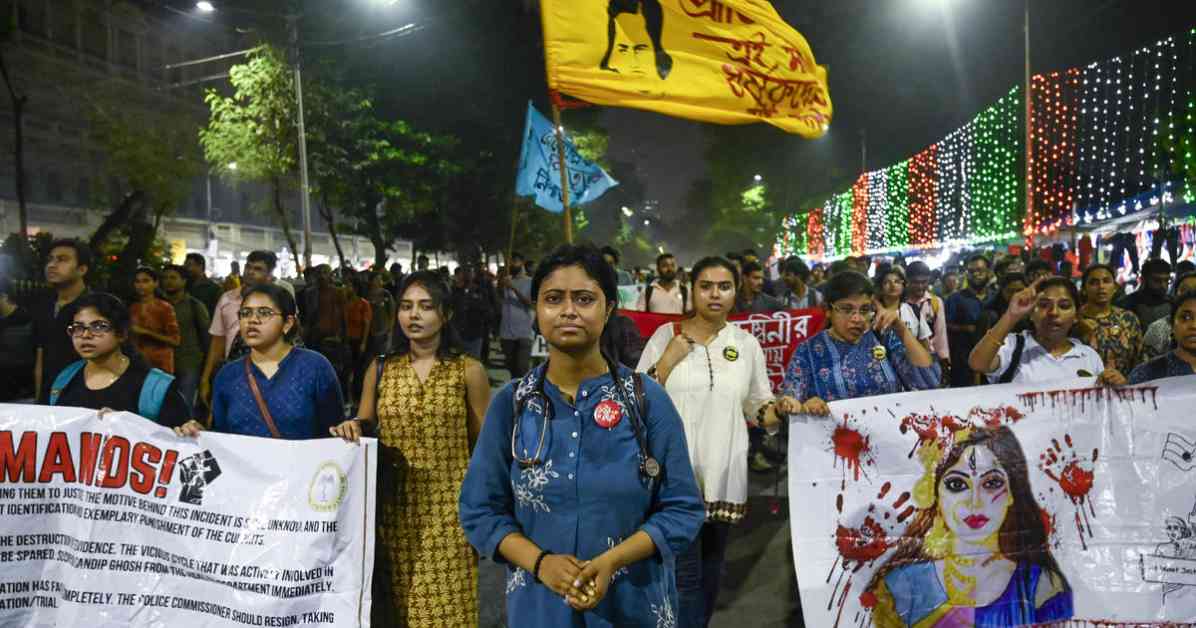The recent case of a brutal gang rape and murder of a 31-year-old doctor in India has sparked widespread protests and calls for justice throughout the country. The incident, which took place in a lecture hall at a state-run medical college and hospital in Kolkata, has brought to light the clash between traditional values and the rights of modern, educated women in India.
Following the discovery of the doctor’s body with multiple injuries, an autopsy confirmed that she was sexually assaulted and attacked before her death. The tragic incident led to nationwide protests, with medical professionals from public hospitals demanding safe working conditions and swift legal action. The protests, which lasted for weeks, saw medics turning away all but emergency patients as they called for justice.
The arrest of a volunteer member of the police force, Sanjoy Roy, in connection with the rape and murder of the doctor has brought some closure to the case. Roy, who faces charges of rape and murder, could potentially face the death penalty if convicted. The incident has also highlighted the need for increased security measures in hospitals to protect healthcare workers, particularly women.
In response to the outcry, India’s Supreme Court has ordered a national task force to examine ways to enhance security for healthcare workers. Additionally, the state assembly in West Bengal has passed a law to increase the punishment for rape, reflecting the growing demand for stricter laws to address sexual violence in the country.
The gruesome nature of this attack has drawn comparisons to the 2012 gang rape and murder of a young woman in Delhi, which also sparked widespread protests. The incident serves as a stark reminder of the prevalence of sexual violence in India, with nearly 90 reported rapes per day in 2022. However, experts believe that the actual number of cases could be much higher due to underreporting and a lack of trust in the justice system.
As the country grapples with this cultural crisis, it is essential to address the root causes of sexual violence and work towards creating a safer environment for all individuals, especially women. The case has reignited the conversation around women’s rights and the need for systemic change to prevent such horrific incidents from occurring in the future.









